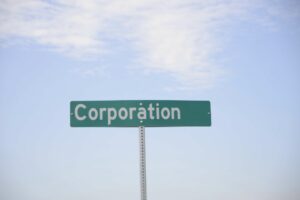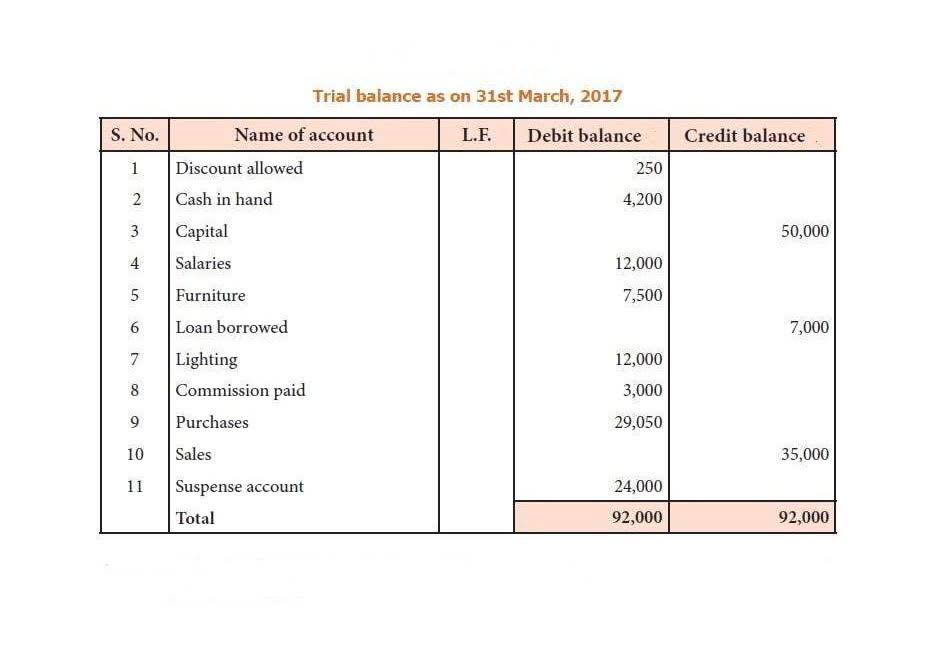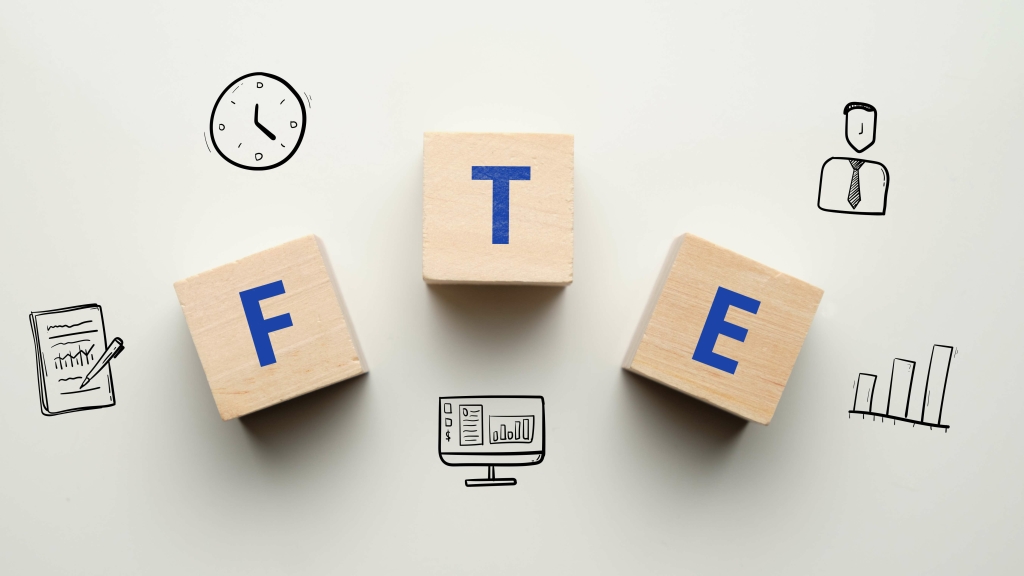Also, you should never take molly if you’re taking antidepressants since the combination can be fatal. Using molly on a regular basis may lead to effects including depression, heart disease, and reduced cognitive function. Hair grows at a rate of around 1 centimeter (cm) per month, and the segment of hair that tests positive usually corresponds to the time of ingestion.
Here is a list of the types of drugs test and the approximate duration it can trace MDMA. The time THC takes to exit the body will differ significantly depending on the type of test as well as how often a person uses THC. People who use THC regularly are detectable for longer than those who use it moderately. Like many who have struggled with addiction, Markie’s journey to sobriety was no straightforward path.
MDMA can typically be detected in the bloodstream for up to 24 hours. It can cause boosts of energy, feelings of euphoria, and distort perceptions. Molly is considered a Schedule I controlled substance with an extremely high potential for abuse and dependence. Similarly, vigorous exercise will not boost the body’s ability to metabolize molly.
It is a Schedule I controlled substance, meaning it has no medical use and a high potential for abuse or addiction. Molly is a synthetic drug that acts as a central nervous system (CNS) stimulant, hallucinogen, and entactogen. It is normally used recreationally for its hallucinogenic and stimulating high, as well as its ability to increase or promote sociability. When ingested, Molly can remain in the system for several days and can be detected in urine for 2 to 4 days. A person typically feels the effects of molly after about 45 minutes of ingestion. A 2012 study reported that the drug remains detectable in blood tests for approximately 1–2 days.
How to get Molly out of our system fast to pass a drug test?
When a person takes molly, it’s rapidly absorbed in the intestines and reaches its peak level in the bloodstream about two hours later. That’s when people will typically feel the most intense hallucinogenic effects of the drug, which usually last for three to five hours. When a person takes Molly orally, the drug makes its way into the stomach and then moves to the intestines. The liver then breaks down the drug into chemical compounds called metabolites.
Overall, about one-third of the drug is released through urine within the first 24 hours following drug use, and it can show up on urine tests during that time. It is rare to have Molly detected through a urine test more than 48 hours after taking the drug. However, how long it takes for the drug to show up and how long the test stays positive will depend on what is being tested.
Importance of Seeking Addiction Treatment
Currently, Alisa is working towards a bachelor’s degree in psychology at California State University Fullerton, with how long does molly stay in your blood the hopes of becoming a social worker. When not at work or school, Alisa enjoys fitness, watching the Boston Red Sox, salsa dancing, and spending time with family and friends. MDMA, also known as Molly or Ecstasy, is a synthetic drug with stimulant and hallucinogenic properties.
Addiction to Molly can have detrimental effects on your physical and mental health, relationships, and overall well-being. At Anchored Tides Recovery, we understand the unique challenges women face in addiction recovery and offer specialized programs tailored to their needs. If you’re suffering from ecstasy abuse and feel that you need help in managing your relationship with the drug, there are many specialist treatment centers that can offer their services. These can include therapy, counseling, outpatient treatment, and residential stays in rehab facilities. Contact a treatment provider today to see what help is available for MDMA use disorders. A continued feeling of happiness, euphoria, and visual distortions often last around four hours.
- Like many who have struggled with addiction, Markie’s journey to sobriety was no straightforward path.
- Although it’s not believed to be as addictive as some illicit drugs, such as cocaine, there is evidence to suggest it can be abused and become addictive.
- It’s primarily broken down in the liver, where it’s turned into other chemical compounds called metabolites.
How Can You Get Molly Out of Your System Faster?
Anchored Tides Recovery’s Outpatient Program (OP) offers a flexible and supportive treatment option for women seeking ongoing recovery from addiction and mental health challenges. Our OP provides personalized therapy sessions, group counseling, and holistic support tailored to each individual’s needs. This program allows women to continue their daily activities and responsibilities while receiving the care and support necessary for sustained recovery.
Blood testing
Empower yourself with knowledge about Molly’s detection in urine to make informed decisions regarding drug testing or seeking addiction treatment. MDMA, which is found in ecstasy and molly, has a relatively short half-life and leaves the system quickly, though it can be detected in toxicology tests long after use. Ecstasy, molly, and MDMA are commonly known as party drugs as they cause intense feelings of euphoria as well as mild hallucinogenic effects. Firstly, the dosage of Molly ingested plays a role in the detection time.
The purity and quality of the MDMA consumed can affect how long it stays in the system. Adulterants or other substances mixed with MDMA can alter its metabolism and elimination patterns. The quicker you get help, the easier it may be to get sober and start fresh. Now that you know the answer to your question, “How long does molly stay in your system?” it is important to understand a bit about the side effects of using this drug. Molly acts as a psychedelic and a stimulant, so it can cause several side effects. If you or a loved one is using molly very often, our addiction specialists can help you find a treatment program that’s right for you.
- At Anchored Tides Recovery, we believe in a holistic approach to addiction treatment that addresses the root causes of addiction and promotes long-term recovery.
- This can help you get off molly and connect you to a substance abuse treatment program.
- When a person takes Molly orally, the drug makes its way into the stomach and then moves to the intestines.
- Some drugs can inhibit or enhance the breakdown of MDMA, leading to altered clearance rates.
- Also keep in mind that these are only estimates, and it’s difficult to get exact information since people’s bodies process drugs at different rates.
- MDMA and its metabolites pass to the kidneys, which will filter the drug out of the bloodstream.
Secondly, individual factors such as metabolic rate, body mass, age, hydration level, physical activity, and overall health can influence the detection time. Each person’s metabolism is unique, and this can impact how quickly Molly is metabolized and eliminated from the body. For instance, individuals with higher body fat percentages may retain Molly for longer due to its lipophilic nature. Anchored Tides Recovery’s Intensive Outpatient Program (IOP) provides a flexible and supportive treatment option for women seeking recovery from addiction and mental health issues. Our IOP combines evidence-based therapies, group counseling, and individualized care plans tailored to each woman’s unique needs. With a focus on empowering women to rebuild their lives, our program offers the structure needed for recovery while allowing participants to maintain their daily responsibilities.
You can always find me in nature during my self care time, usually hiking, roller skating by the beach, or surfing the waves. I lead a healthy & holistic way of living that I enjoy sharing with others. Fill out the form below and submit it to the admissions team to verify your insurance can cover your treatment. If you’ve recently experimented with Molly or MDMA, gaining a thorough understanding of how long it remains detectable in your urine is paramount for several critical reasons. Access State-Specific Provider Directories for detailed information on locating licensed service providers and recovery residences in your area.
MDMA Half-Life
As a result, they can metabolize and excrete Molly faster than people aging 65 years old and above. Testing for marijuana in saliva is similar to testing for it in blood in that there is a narrower window for detection. Typically, traces of THC will remain in your saliva for up to 24 hours. However, research shows that if someone uses cannabis more regularly, saliva can test positive for traces of marijuana for as long as 72 hours. THC is detectable in blood for the shortest time, typically up to 12 hours.










